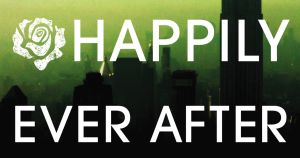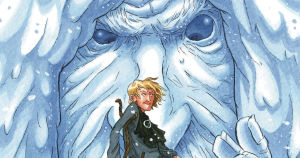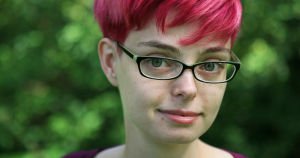
Review: Me and Earl and the Dying Girl by Jesse Andrews
“I learned absolutely nothing from Rachel’s leukemia,” this book’s protagonist starts off in its in-universe foreword, and I grinned and said, “YES! This is going to be good.”

“I learned absolutely nothing from Rachel’s leukemia,” this book’s protagonist starts off in its in-universe foreword, and I grinned and said, “YES! This is going to be good.”

Although Kurt’s character seems to largely exist to serve the central romance, I was pleasantly surprised by how many pitfalls Perkins avoided in a wonderfully understated manner. Various assumptions and tropes were casually turned over with a single line here or there.

From a mythology buff’s perspective, I was delighted with Odd and the Frost Giants. From a disability perspective, though, I was confused.

We have so few stories—especially lighthearted ones—with wheelchair-using characters that I’d hoped I’d be able to recommend I Funny, but it’s a dangerous narrative wrapped up and presented as “good messages.”

This series is a fascinating look at how a writer can acknowledge the “magical cure” trope and improve on the portrayal in later books.

The Mara Dyer trilogy remains one of the best fictional depictions of PTSD that I have come across. That just makes it more disappointing when the series badly misses the mark on other issues.

While some elements of the representation were handled decently, I ultimately wasn’t a fan.

Skim does a good job of showing misguided attempts to help those with depression, and lets the reader see the absurdity for themselves.

Our reviewers interview author and Disability in Kidlit editor Corinne Duyvis about disability tropes, survival in the apocalypse, and writerly research.
Diversity in children’s literature is often represented as an either/or, without intersectionality; characters can either be autistic or gay, for example, or a wheelchair user or Black, but rarely both. Why is that?